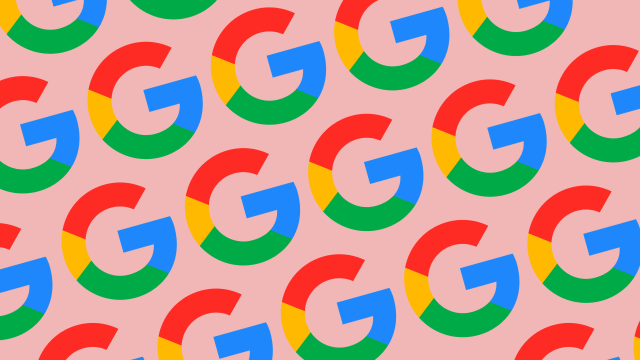This morning Google held its I/O developer conference, and in true being-over-the-other-side-of-the-world fashion, it was a little early for a lot of us to watch the main keynote. Google packed this thing with announcements spanning Pixel through to Search, so here’s a summary of everything that happened while you were sleeping.
In case you aren’t familiar, Google I/O is the search giant’s developer-focused conference. It’s where Google teases what it’s working on. It tends to use this address to debut what’s happening behind the scenes. And debut did it just…
What Google announced at Google I/O
During Google I/O we heard more about Android 13, got some Pixel 7 teasers and a handful of updates to Search and Google Home. Here’s the TL;DR.
A little bit of Android 13

Technically, we’re already somewhat acquainted with what’s next from the Android operating system, and the first consumer-facing beta is available to try on select Pixel devices. Google’s been teasing the new version since the first developer preview arrived in February, but today we got a little more. Android 13, or, ‘Tiramisu’, sees the company double down on security.
Android 13, Google said during I/O is coming with the Pixel 7 and 7 Pro, which we should expect around September-October.
Doubling down (more) on security
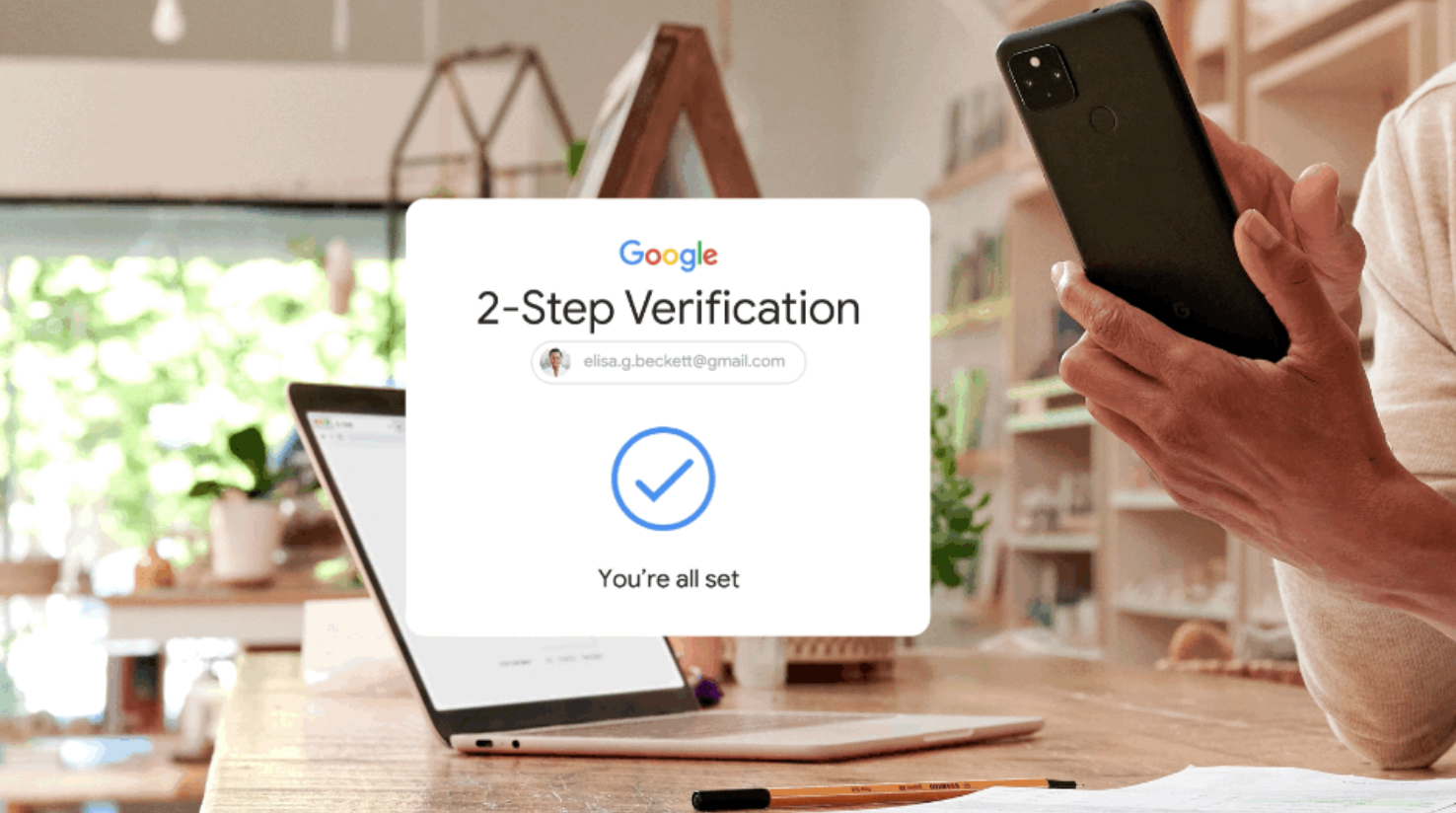
At this year’s Google I/O conference, the company announced a host of new privacy and security features designed to keep the massive amounts of digital information they have on you secure. These include a custom ad experience and the ability to more easily delete your personal information from its search engine results.
We take a deeper dive into these features over here, but in summary: ‘Safety Status’ (a little yellow alert icon that will sit next to your profile picture and give you suggestions as to how to keep your shit locked down); automatic two-factor authentication (2FA); expanding anti-phishing protections currently in place for Gmail to several of its other apps — including Google Docs, Sheets and Slides; the ability to delete a greater amount of personal information from its search engine; and a revamped ad hub, called My Ad Centre, which will allow users to curate and customise the commercials they see on YouTube, Search and the Discover feed.
Updates to Search
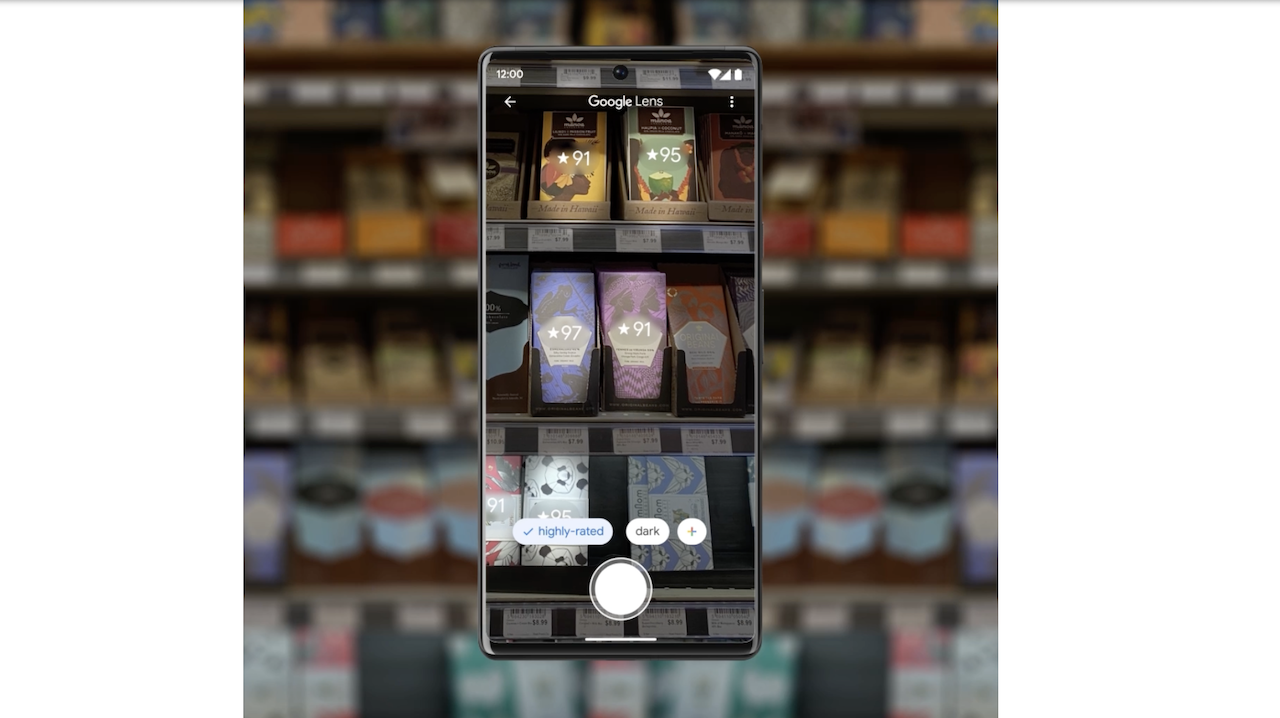
‘Multisearch Near Me’ allows you to search by asking Google what you see with the keyphrase “near me” to find things such as local restaurants and retailers. Multisearch (already a feature) allows you to search text and images at the same time, similar to the way you might point to something in a store and ask someone to tell you about the jacket. The ‘near me’ element will allow you to find a store that sells a jacket someone else is wearing that you’ve snapped a photo of. Yes, now you can take a photo of a stranger because you like what they’re wearing and search for where you can buy one.
Building on this is ‘Scene Exploration’. Currently, when you search visually with Google, it’s able to recognise objects in a single frame – a photo or a screenshot, for example – but Scene Exploration will allow you to find info about the entire scene in front of you.
A new budget smartphone
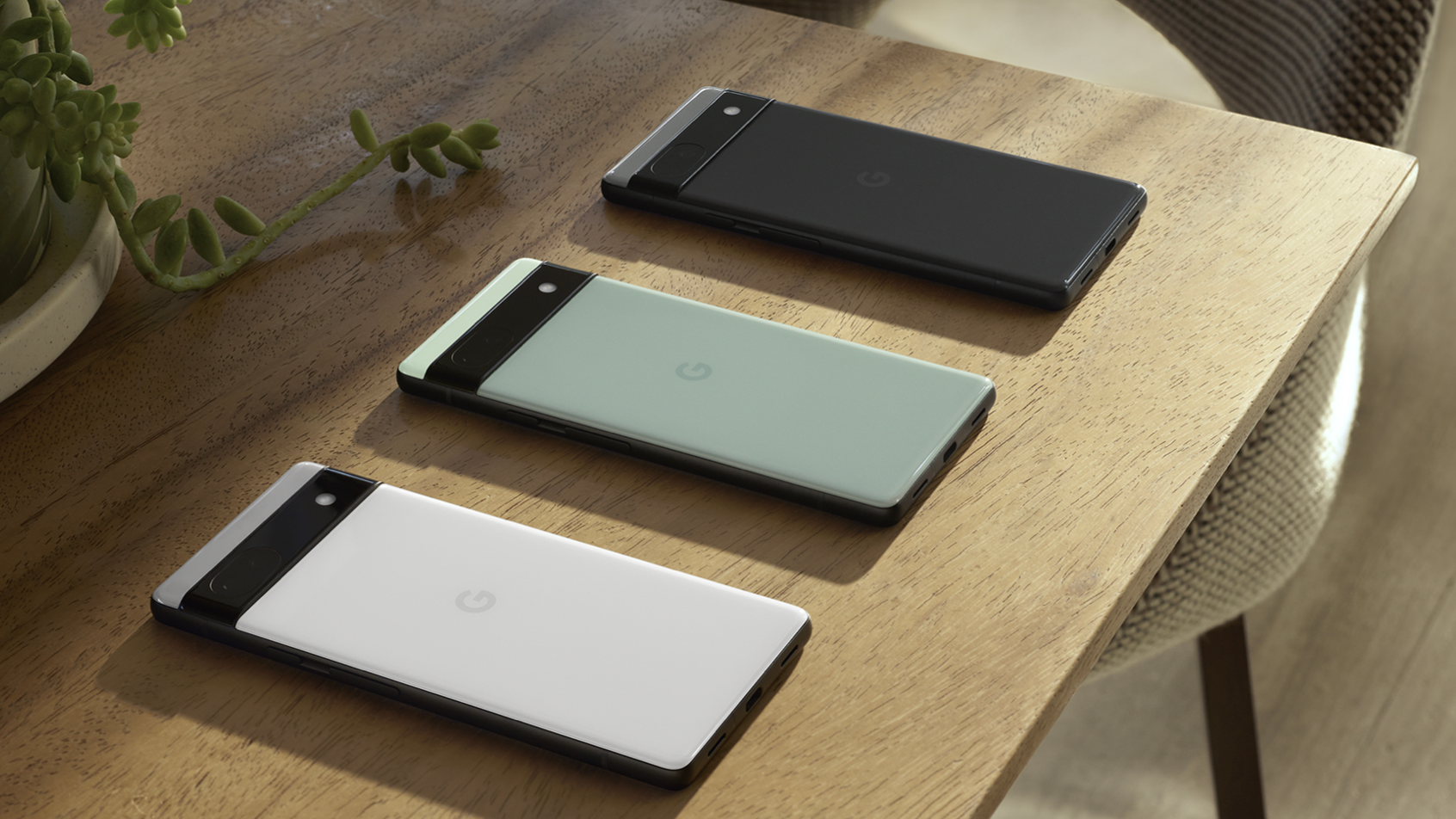
Though Google I/O isn’t primarily a hardware event, the company often takes the opportunity to offer a glimpse at what’s coming through the pipeline, and today was no different. We got a teaser for the upcoming budget smartphone, the Pixel 6a. Expected to be available for pre-order from July 21 (and on shelves July 28), the Pixel 6a is coming for the iPhone 5G SE.
The phone shares a design language with its flagship predecessor, the Pixel 6 and 6 Pro, right down to the polarising camera bar on the back, which houses all the rear-facing camera components. We break out the specs of the Pixel 6a over here.
Pixel 7 and 7 Pro
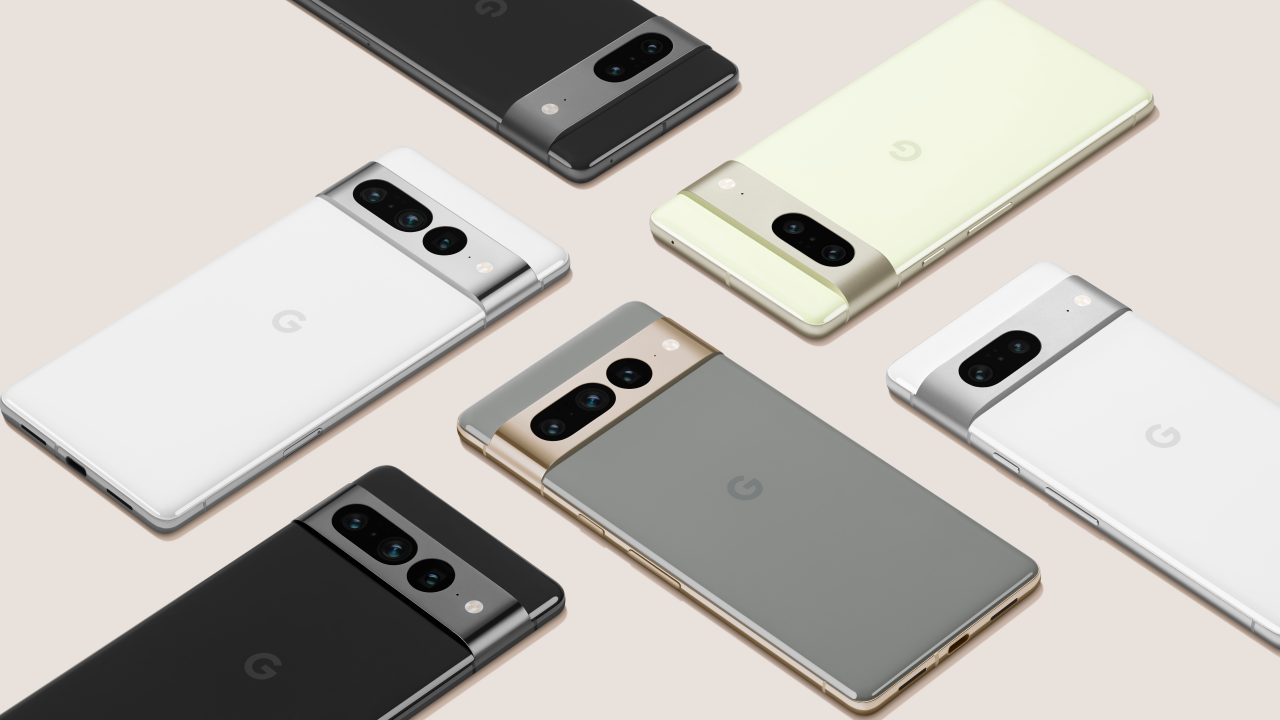
Google also used its developer conference as an opportunity to reveal its next flagship. Despite severe supply issues, the Pixel 6 outsold both the Pixel 4 and Pixel 5’s collective sales numbers – Google appears to be gunning for the gold again with the Pixel 7 and 7 Pro. That’s why it’s starting the hype machine early on.
Although light on the details, Google said the Pixel 7 would feature the next generation of Google’s Tensor processor. It should bring more “heavy AI breakthroughs” across speech recognition, photography capabilities and more of what the company’s been tuning its flagships to do.
The Pixel Watch is coming
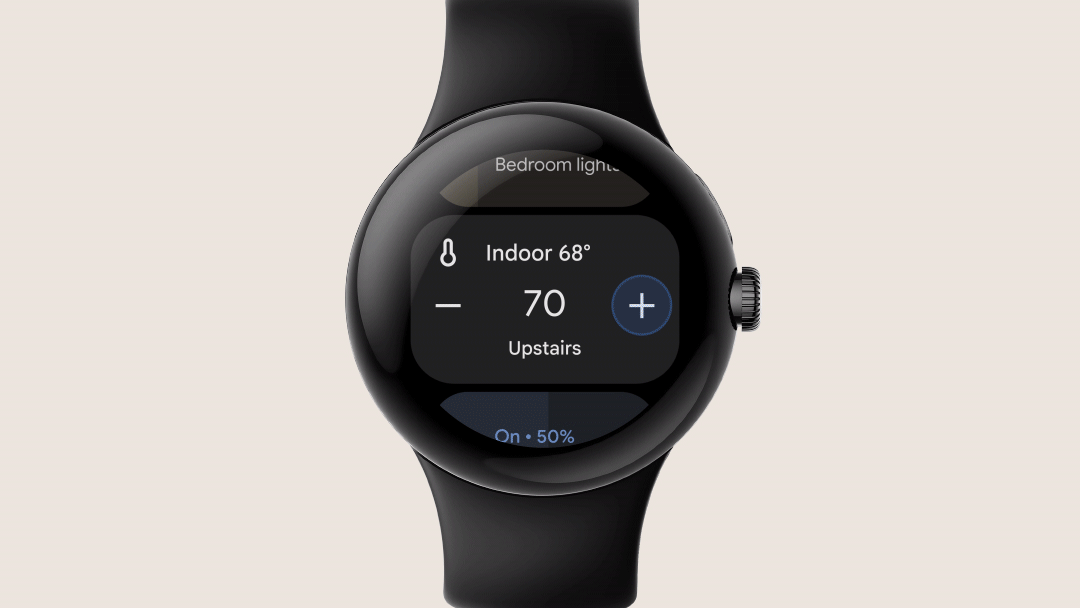
After so many leaks and waves of copious speculation, Google finally announced the existence of the Pixel Watch during I/O. The Pixel Watch will offer an improved Google Wear OS experience. According to Google, the interface should feel “fluid and easy to navigate.” It should also be “more glanceable than ever,” which likely refers to how the widgets and other screen complications will appear when you lift your wrist. It will also boast more FitBit integration.
There’s a lot to talk about with this thing, here’s our deeper dive if you want to learn more.
Hello, Pixel Buds Pro
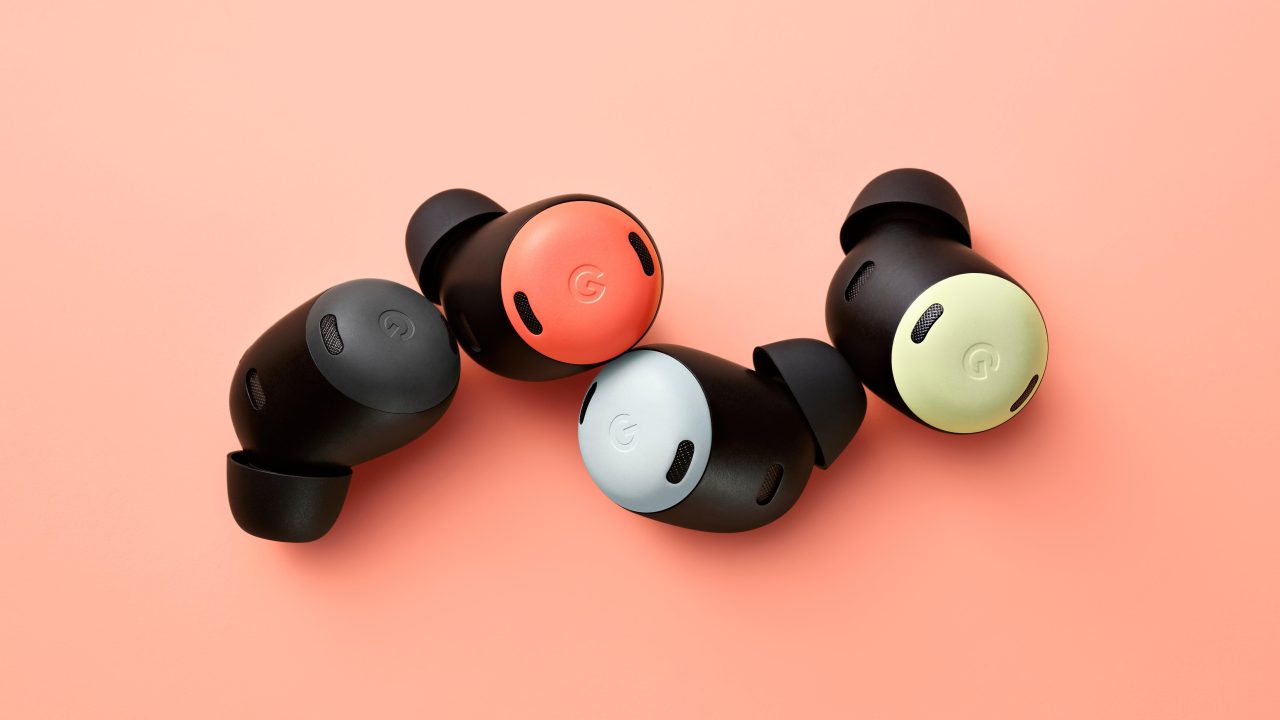
Google stumbled out of the gate with its first attempt at wireless earbuds (which still came with a wire), but since 2017, Pixel Buds have been slowly improving. Now, for the first time, they’re getting a pro model with active noise cancellation, although it pushes Pixel Buds to their highest price point yet. Pixel Buds Pro will be available for pre-order on July 21 and on-shelf July 28. We’ll update you with pricing when we know.
An Android-running Pixel Tablet
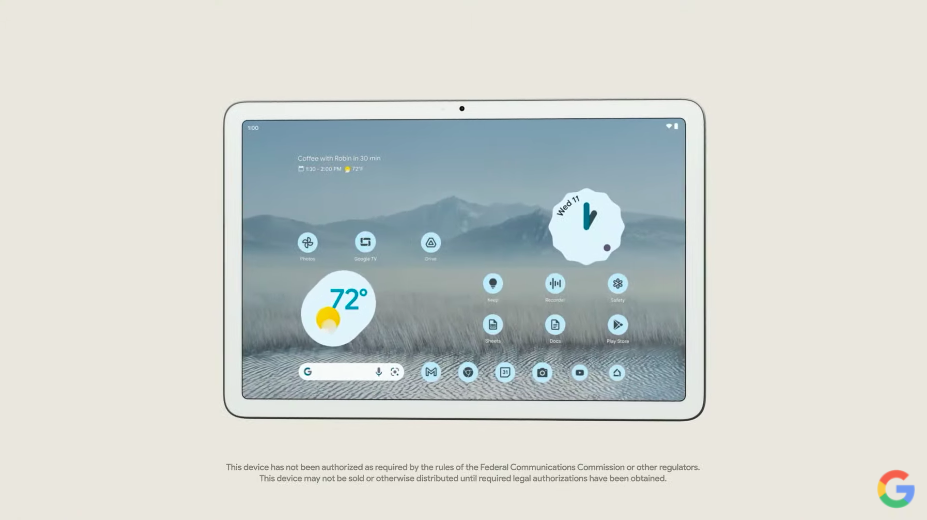
Google seems to be taking the “try, try again” proverb to heart when it comes to tablets, given that it just teased plans to release another tablet during Google I/O. But that doesn’t mean it’s not shaking things up. Whereas the company’s short-lived Pixel Slate ran Chrome OS, the mysterious tablet just teased at the company’s I/O conference is powered by Android.
Google hasn’t told us much about this upcoming Android tablet, but you can read about what we do know over here.
A smarter (or creepier) Google home

Currently, Google home devices require you to activate the assistant by saying ‘Hey Google’ or ‘OK Google’. But soon, you will be able to just… stare at your device and the Google Assistant will start listening to you. This creepy new feature is called ‘Look and Talk’ and it’s first rolling out to Google’s Nest Hub Max.
From a user perspective, there’s not much more to it: Look and Talk allows you to communicate with the assistant by looking and talking. Google reckons this is a lot more natural, because IRL when you want to strike up a conversation with someone, you simply look at them and start talking. You can read more about Look and Talk over here.
Virtual credit cards for Google Pay

We had viral tweets going out last month indicating that Google Wallet would be making its return, substantiated by a batch of newly updated icons. But during I/O, Google announced it will roll out virtual credit cards for Pay on Chrome and Android later this year, in an effort to better protect users’ financial information during online transactions.
Virtual cards are randomly generated 15 or 16 digit numbers that can be used to obscure your true card information when making online payments. The idea is that if a business you transact with has a data breach or suffers a cyberattack, hackers will only be able to swipe your “virtual” number, not your real one.
Using AI to target starfish with CSIRO

Lastly, getting hyper-local, Google has partnered with CSIRO to help protect the Great Barrier Reef from predators, focusing on the pesky crown-of-thorns starfish. Google is bringing its artificial intelligence/machine learning expertise and the Commonwealth Scientific and Industrial Research Organisation (CSIRO) is bringing its scientists. Together, they’re developing a machine learning solution to analyse underwater images of the starfish species.
That’s it for now, stay tuned to Gizmodo Australia and we’ll update articles with further information, such as local pricing, as soon as we know.
This article has been updated since it was first published.
